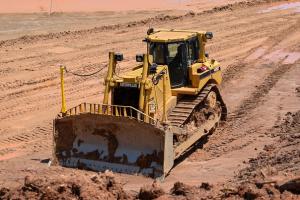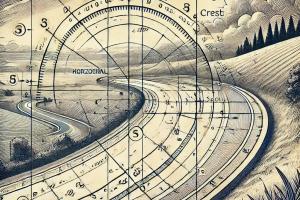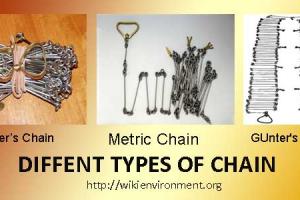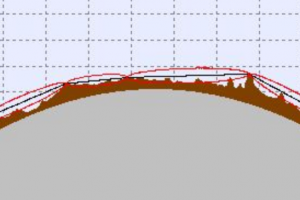Errors and Corrections of Errors in Levelling
Errors in Levelling
Following are some of the errors encountered in Levelling survey
- Instrumental Errors
- Collimation Error
- Error due to Curvature & Refraction
- Other Errors
Also See: Levelling Tools and Equipment
1. Instrumental Error and Correction
- Collimation error
- Collimation error occurs when the line of sight of the instrument is not parallel to the horizontal axis or the line of collimation. This error can lead to inaccurate measurements. The correction for collimation error involves checking the alignment of the instrument before its use and making adjustments to equalize the sights.
- Correction: Check before use and equalize sights.
- Under sensitive bubble
- The bubble is an important component of a leveling instrument, such as a level or a theodolite, used to ensure the instrument is leveled correctly. An under-sensitive bubble means that the bubble does not respond adequately to slight variations in the instrument's position. This error can be corrected by adjusting the instrument's leveling screws or using a more sensitive bubble.
- Errors in staff graduation
- Staff graduation refers to the markings on a leveling staff, which are used for height measurements. Errors in staff graduation can occur due to inaccuracies in the markings, such as improper spacing or misalignment. To correct this error, the staff should be carefully checked against a known reference or recalibrated if necessary.
- Correction: Check
- Loose tripod head
- The tripod head is the part of the tripod that holds the instrument. If the tripod head is loose, it can result in instability and movement of the instrument, leading to errors in measurements. The correction for a loose tripod head involves tightening the screws or clamps that secure the instrument to the tripod.
- The telescope is not parallel to the bubble tube
- This error occurs when the telescope of the instrument is not parallel to the bubble tube, affecting the accuracy of measurements. The correction for this error typically involves making a permanent adjustment to align the telescope and the bubble tube properly.
- Correction: Permanent adjustment.
- The Telescope is not at right angles to the vertical axis
- If the telescope is not perpendicular to the vertical axis, it can introduce angular errors in measurements. The correction for this error also involves making a permanent adjustment to ensure the telescope is at right angles to the vertical axis.
- Correction: Permanent adjustment
2. Error of Collimation:
Collimation error occurs when the collimation axis is not truly horizontal when the instrument is level. The effect is illustrated in the sketch below, where the collimation axis is tilted with respect to the horizontal by an angle a:
3. Curvature & Refraction
For a detailed explanation Click here...
Other sources of errors in leveling and their correction:
| Type of Levelling Error | Correction |
| 1. Incorrect setting-up of the instrument. | |
| 2. Movement of staff from the position when changing level station. |
|
| 3. Staff not held vertically. |
|
| 4. Parallax: Instrument knocked or moved during backsight-foresight reading |
|
| 5. Ground heating causes chaotic refraction of light |
|
| 6. Tripod or rod settles between measurements e.g Bubble off center |
|
| 7. Staff not properly extended and locked. |










